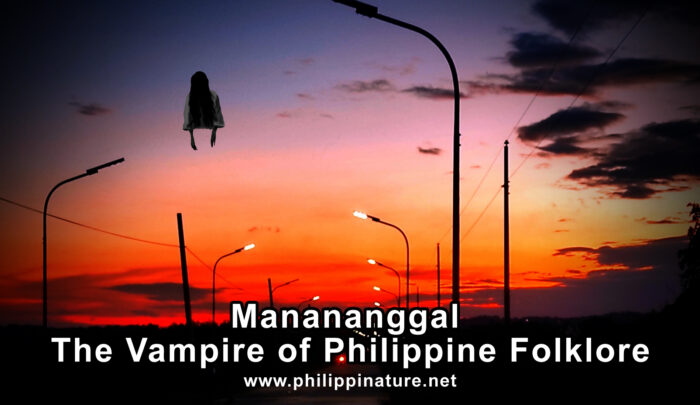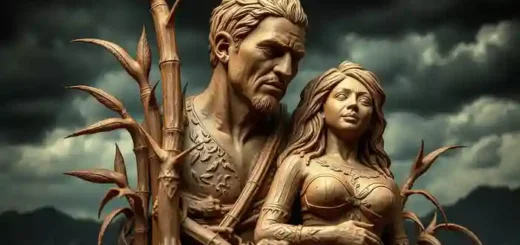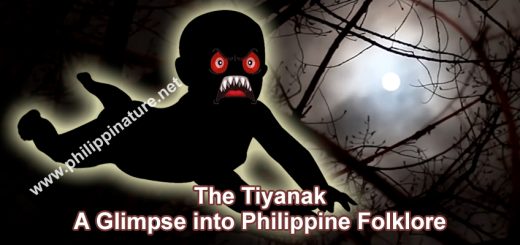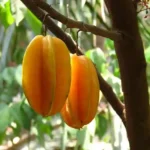Manananggal – The Vampire of Philippine Folklore

Unveiling the Mystique of the Manananggal
When it comes to mythical creatures that capture the imagination, the Manananggal stands out as one of the most fascinating figures in Philippine folklore. This vampire-like entity is not only steeped in mystery and horror but also reflects the rich cultural tapestry of the Philippines. Let’s delve into the origins, characteristics, and cultural significance of the Manananggal.
Manananggal Origins and Description
The word “Manananggal” comes from the Filipino term “tanggal,” which means “to separate” or “to detach.” This creature is often depicted as a woman who can sever her upper body from her lower half at the waist, flying through the night in search of unsuspecting victims. Traditionally, she is said to have a long, thin tongue, which she uses to suck the blood of her prey, usually pregnant women, as it is believed that she craves their blood for sustenance.
Physical Characteristics
The Manananggal is typically portrayed as an attractive woman during the day, blending in with ordinary society. However, when night falls, she reveals her true form—flying into the night with bat-like wings sprouting from her back. The striking transformation is both terrifying and mesmerizing, contributing to her status as a symbol of beauty and danger.
Manananggal Legend and its Variants
There are many stories about how one becomes a Manananggal, with some accounts suggesting that a cursed woman can transform into one after committing grave sins, while others hint at the possibility of being born into the role. In different regions of the Philippines, variations of the Manananggal exist, with each culture adding unique twists to the tale. For example, in some narratives, she is accompanied by a spirit companion or has specific weaknesses, such as salt or garlic, which can thwart her from reattaching her body.
The Manananggal serves as more than just a scary story. In many ways, she represents societal fears and taboos, particularly regarding childbirth, femininity, and the roles of women in society. Her predatory nature highlights anxieties surrounding motherhood and the vulnerability of women during pregnancy. Additionally, she embodies the clash between tradition and modernity, as tales of the Manananggal often reflect rural beliefs that contrast sharply with contemporary lifestyles.
Modern Interpretations
In recent years, the Manananggal has found new life in popular culture, appearing in films, television shows, and literature. These modern adaptations often explore her character in nuanced ways, sometimes portraying her as a tragic figure rather than a purely malevolent one. This shift reflects broader themes in storytelling, where traditional monsters can be reimagined to explore complex human emotions and societal issues.
The Manananggal remains a powerful symbol in Philippine folklore, embodying both fear and fascination. Whether seen as a malevolent spirit or a misunderstood creature, she continues to inspire stories that resonate with contemporary audiences. As we explore the legends of the past, we find that these mythical beings are not just relics of folklore; they are mirrors reflecting our deepest fears, desires, and cultural narratives.
So, the next time you hear the chilling tales of the Manananggal, remember that within her legend lies a rich history waiting to be explored. Embrace the intrigue, and let her story unfold in your imagination!










